A chemist at the French National Center for Scientific Research (CNRS) has been told she cannot conduct research at her university for two years after repeated research integrity breaches.
Jolanda Spadavecchia, a nanomedicine and biosensor researcher, was under a follow-up investigation by the CNRS into her work after research integrity experts penned a letter to her institution in 2023 urging it to adequately investigate allegations of malpractice at her laboratory.
Spadavecchia agreed to go on unpaid leave for two years beginning in September 2024. Her two-year research ban will start after her unpaid leave finishes in September 2026, according to French media.
‘It takes seconds to realise that there is a problem and then it takes four years for our institutions and our scientific journals also to actually do something about it,’ notes Raphaël Lévy, a physicist at Sorbonne Paris North University in France, who blew the whistle on the case.
In early 2021, Lévy reported around 20 research studies co-authored by Spadavecchia to the CNRS and Sorbonne Paris North University after finding inconsistencies. After the investigation at CNRS concluded in spring 2022, Spadavecchia was expelled from the institution for one month, and CNRS recommended that several of Spadavecchia’s papers should be corrected.
According to the open letter written by science sleuths, dated February 2023, Spadavecchia admitted to making 25 errors and nine breaches of publication rules in 20 published studies. That prompted research integrity experts to recommend that, where there were serious errors, papers should be retracted instead of corrected. ‘I thought this was quite absurd to recommend the correction of papers that contain fabricated data,’ Lévy recalls.
‘The facts in this case are clear. More than 20 scientific articles from the lab of one principal investigator have been shown to contain recycled and doctored graphs and electron microscopy images,’ the letter reads. ‘That is, results from different experiments that should have distinctive results are illustrated by identical figures, with changes made to the axis legends by copying and pasting numbers on top of previous numbers.’
To date, four papers co-authored by Spadavecchia have been retracted, according to the Retraction Watch Database. In total 37 of Spadavecchia’s papers are being discussed on PubPeer, including the four that have been retracted and 11 that have had correction or errata notices. Spadavecchia didn’t reply to a request for comment.
‘Previously, we were shocked by the lack of transparency surrounding the CNRS’s earlier decision – a decision that was at odds with the problems that had been identified. This combination of inconsistency and opacity fostered justified criticism,’ says Florian Naudet, a psychiatrist and meta-science researcher at the University of Rennes in France and a signatory of the open letter.
‘This time, it seems to be a different story. What matters most to me here is that the institution itself is calling for retractions,’ Naudet adds. ‘That suggests the case is now being taken seriously, especially given how compelling the evidence is and how irreparable the published work appears to be.’

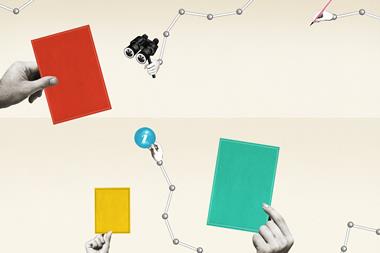



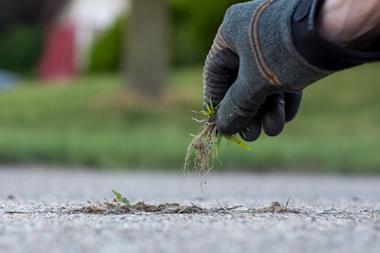
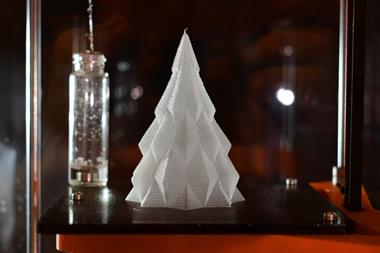
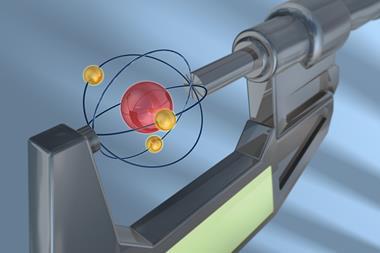
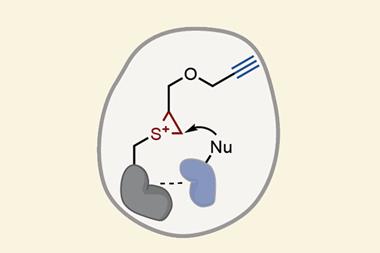
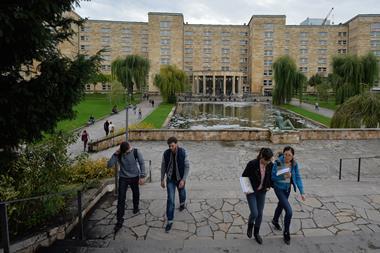
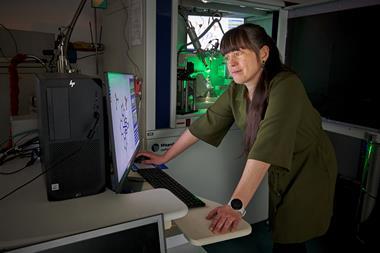
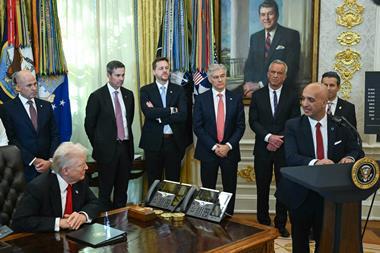
No comments yet